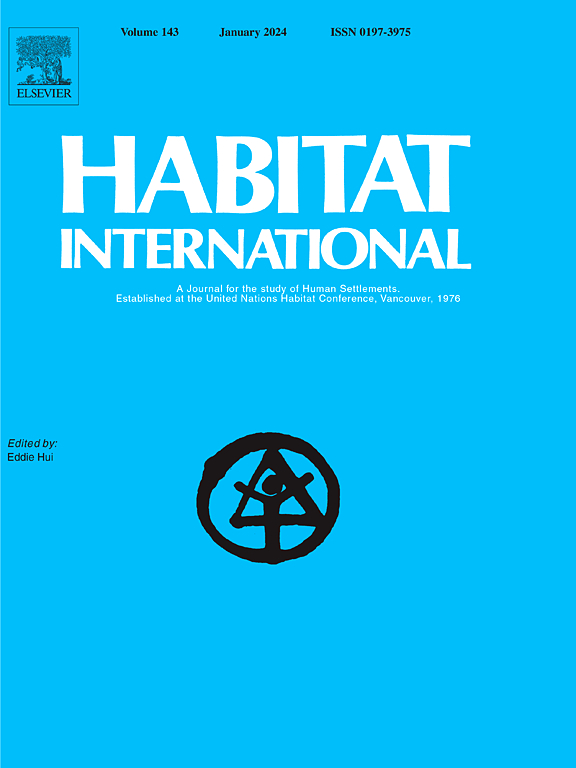外商直接投资与区域一体化:长三角同产地绿地投资的互联互通作用
IF 6.5
1区 经济学
Q1 DEVELOPMENT STUDIES
引用次数: 0
摘要
许多文献通过建立全球-地方联系和扩大当地经济来探讨外国直接投资(FDI)对城市区域发展的影响,但很少有研究考察同源FDI之间的相互联系如何促进东道国的区域一体化。以由41个城市组成的长三角特大城市为研究对象,我们研究了来自同一原产国、位于长三角不同城市的绿地投资是否以及如何促进城市间的互联互通。为了解决内生性问题,我们采用Shift-Share工具变量法构建FDI城际联系的工具变量。估计结果表明,在2005-2020年期间,这种影响持续而强劲。此外,高价值制造业和生产性服务业的外商投资企业是这些空间效应的主要驱动因素。这项研究强调了来自同一来源国的外商投资企业之间在理解特大城市地区动态方面的既定联系。它还表明,在吸引外国投资时,地方政府应确定同源外商投资企业之间相互联系的异质影响,而不是仅仅关注单个外商投资企业以促进区域一体化。本文章由计算机程序翻译,如有差异,请以英文原文为准。
Foreign direct investment and regional integration: The connectivity role of same-origin greenfield investment in the Yangtze River Delta
Much literature explores the impact of foreign direct investment (FDI) on the development of city regions by establishing global-local connections and expanding local economies, but few studies examine how interconnections among same-origin FDI enhance regional integration in host countries. Focusing on the Yangtze River Delta (YRD) mega-city region, which consists of 41 cities, we examine whether and how greenfield investment from the same country of origin and located in different cities of YRD facilitates intercity connectivity. To address endogeneity issues, we construct instrumental variables for the intercity connections of FDI by employing the Shift-Share instrumental variable method. The estimation results suggest a persistent and robust effect throughout the 2005–2020 period. Moreover, foreign-invested enterprises (FIEs) operating in different subsectors, high-value manufacturing, and producer-service sectors, are the primary drivers of these spatial effects. This research highlights the established connections among FIEs from the same origin country in understanding the dynamics of mega-city regions. It also indicates that when attracting foreign investment, local governments should identify the heterogenous impact of interconnections among same-origin FIEs, rather than focusing exclusively on an individual FIE to boost regional integration.
求助全文
通过发布文献求助,成功后即可免费获取论文全文。
去求助
来源期刊

Habitat International
Multiple-
CiteScore
10.50
自引率
10.30%
发文量
151
审稿时长
38 days
期刊介绍:
Habitat International is dedicated to the study of urban and rural human settlements: their planning, design, production and management. Its main focus is on urbanisation in its broadest sense in the developing world. However, increasingly the interrelationships and linkages between cities and towns in the developing and developed worlds are becoming apparent and solutions to the problems that result are urgently required. The economic, social, technological and political systems of the world are intertwined and changes in one region almost always affect other regions.
 求助内容:
求助内容: 应助结果提醒方式:
应助结果提醒方式:


